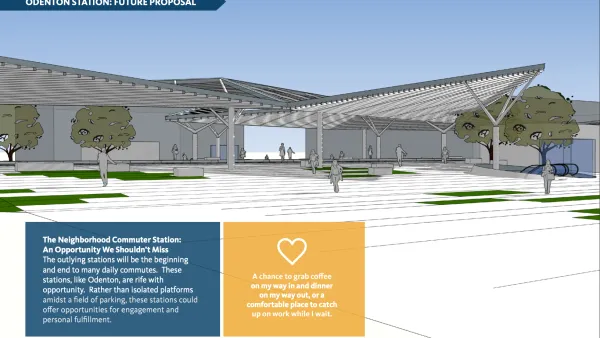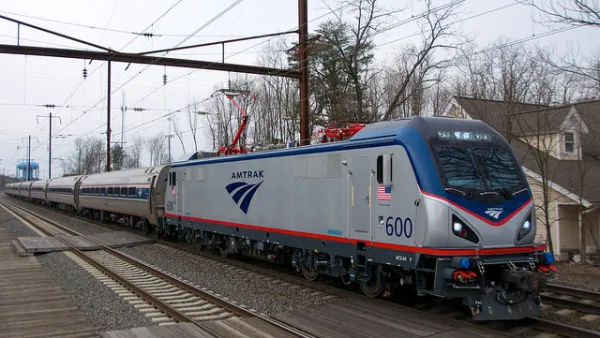What the U.S. does with twenty-five workers, Spain does with nine; 'work rules' are part of the problem when it comes to the lack of productivity and high costs of America's regional rail systems.
Stephen Smith continues his examination of the inefficiencies plaguing America's rail transit systems. While his prior piece focused on the comparatively high cost of construction, this piece looks at the how "high labor costs drag down service, prevent new lines from opening, and depress ridership and revenues," along the nation's commuter railroads.
According to the article, many American commuter railroads over-employ unneeded conductors, often at the fault of powerful union work rules. Vukan Vuchic, a professor of transportation engineering at the University of Pennsylvania, suggests that, "regional railroads should adopt leaner train crews, allowing them to run more trains an hour. In other words, get rid of conductors. Turnstiles would replace them on busy lines, with proof-of-payment systems for those with less traffic. This honor system enforced by occasional ticket checks with heavy fines for fare dodgers was popularized in Europe, and has already spread to buses and newer North American rail systems."
Despite the pleas of many, and a stated 'win-win' for both passengers and labor by the author, progress to adopt more efficient labor practices and upgrade infrastructure to automate more of the passenger experience has remained slow.
FULL STORY: Labor Rules Snarl U.S. Commuter Trains

National Parks Layoffs Will Cause Communities to Lose Billions
Thousands of essential park workers were laid off this week, just before the busy spring break season.

Retro-silient?: America’s First “Eco-burb,” The Woodlands Turns 50
A master-planned community north of Houston offers lessons on green infrastructure and resilient design, but falls short of its founder’s lofty affordability and walkability goals.

Delivering for America Plan Will Downgrade Mail Service in at Least 49.5 Percent of Zip Codes
Republican and Democrat lawmakers criticize the plan for its disproportionate negative impact on rural communities.

Test News Post 1
This is a summary

Test News Headline 46
Test for the image on the front page.

Balancing Bombs and Butterflies: How the National Guard Protects a Rare Species
The National Guard at Fort Indiantown Gap uses GIS technology and land management strategies to balance military training with conservation efforts, ensuring the survival of the rare eastern regal fritillary butterfly.
Urban Design for Planners 1: Software Tools
This six-course series explores essential urban design concepts using open source software and equips planners with the tools they need to participate fully in the urban design process.
Planning for Universal Design
Learn the tools for implementing Universal Design in planning regulations.
EMC Planning Group, Inc.
Planetizen
Planetizen
Mpact (formerly Rail~Volution)
Great Falls Development Authority, Inc.
HUDs Office of Policy Development and Research
NYU Wagner Graduate School of Public Service





























